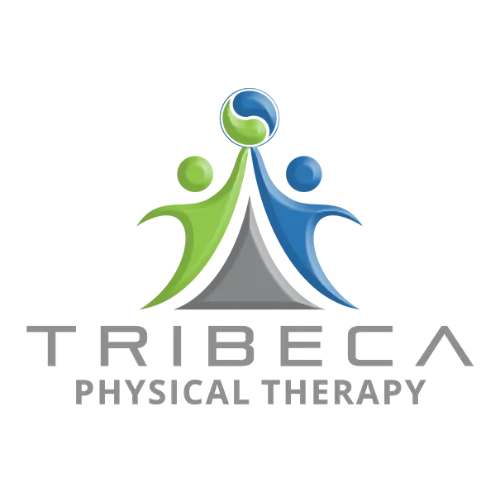Have you noticed that your pelvis is tilted further down and further forward than usual? If you have, then you probably have what we call, Anterior Pelvic Tilt (APT). APT is a condition that affects females (usually during pregnancy) whereby your pelvis happens to be tilted further down and forward rather than in its normal position. An easy way to check for this is to place your hands onto your hips (similarly to the way your mother may have once done when she felt exasperated because of something you did in your younger days). Now you should feel those iliac crests (bony ridges) under your index fingers and normally, they should be facing forwards: that is, directly in out in front of you and not tilted down. However, If you have APT, your iliac crests will be tilted downwards toward the ground.
What is Anterior Pelvic Tilt?
An Anterior Pelvic Tilt is when your pelvis is rotated forward and downward toward the ground. This forces your lower spine into an exaggerated curve which can put a lot of extra pressure on your lower back. APT contributes to lower back pain and sacroiliac joint pain which is most commonly experienced by women. This curve can strain your spinal extensor muscles and over time can lead to further complications with your health. There are several risk factors that could place you in a higher risk category for developing APT. Some of these are poor posture, a lack of physical activity, prolonged periods of sitting, and genetic dispositions.
Now, some of the symptoms that are experienced by women who have confirmed APT are as follows:
- A protruding stomach
- Poor posture (leading to their spine curving inwards
- Weak gluteus maximus and stomach muscles
- Tight muscles in the pelvic and thigh areas
Today, one of the most popular remedies sought for APT is Physical Therapy. Aside from the physical examination and a routine history check, Physicians and Physical Therapists diagnose APT through the Thomas Test. This is used to assess for shortness or contracture of the hip flexors.
If you do have confirmed APT, there are a variety of ways to help you deal with the condition, however, as far as this article is concerned, we will be focusing on the Butterfly Stretch and how it can help promote good posture and reduce the likelihood of you experiencing pain caused by APT.
The Butterfly Stretch
In some books, this stretch is also referred to as ‘the seated groin and inner thigh stretch,’ and targets the hips, lower back, and inner thighs. This stretch is one of the “go-to” stretching exercises for athletes who are involved in court sports and running activities. The Butterfly Stretch is also a widely accepted and popular choice for most pregnant women, as it helps to promote flexibility and conditioning of the muscle groups that are linked to APT.
The butterfly stretch is also very helpful for anyone who is experiencing tight hips or a groin injury. It helps promote flexibility in your inner thigh adductor muscles but also helps in maintaining stability and balance.
How to do the butterfly stretch:
- Sit on the floor, bring both of your legs together with your soles touching each other.
- Now, grab your ankles and sit in a neutral spine position.
- You can use your elbows to gently push your knees down to deepen the stretch.
- Hold that position for about 20 seconds and then release gently.
Now try to avoid any bouncing or pressing down forcefully during your stretch, as this can lead to muscle strains, torn cartilage and can put excessive pressure on your tendons. You should feel a stretch in your muscles, but you should not be feeling any pain. If you do feel pain, release the stretch as you are likely stretching too hard or may already have an injury. If you think you have an injury, then consult your physician or physio. Remember to breathe properly during your stretching session inhaling and exhaling with slow, long, deep, and relaxed breathing. This will help you deal with any discomfort during your stretching and assist you in keeping calm and focused. Breathing exercises also have many other benefits and are well worth reading up on.



